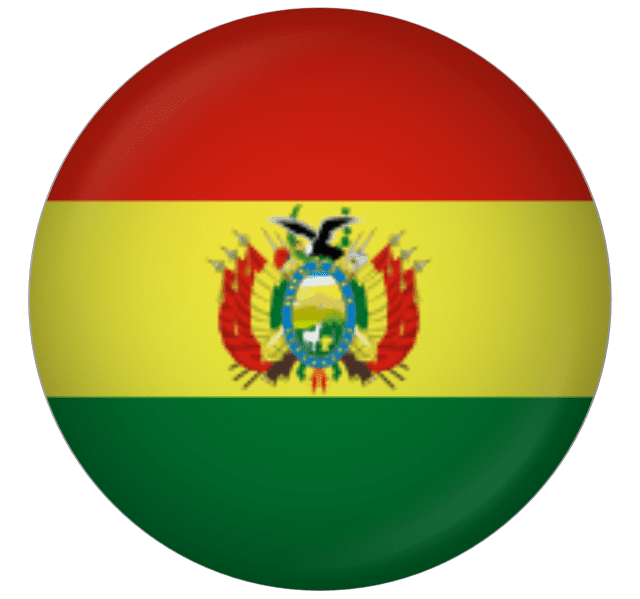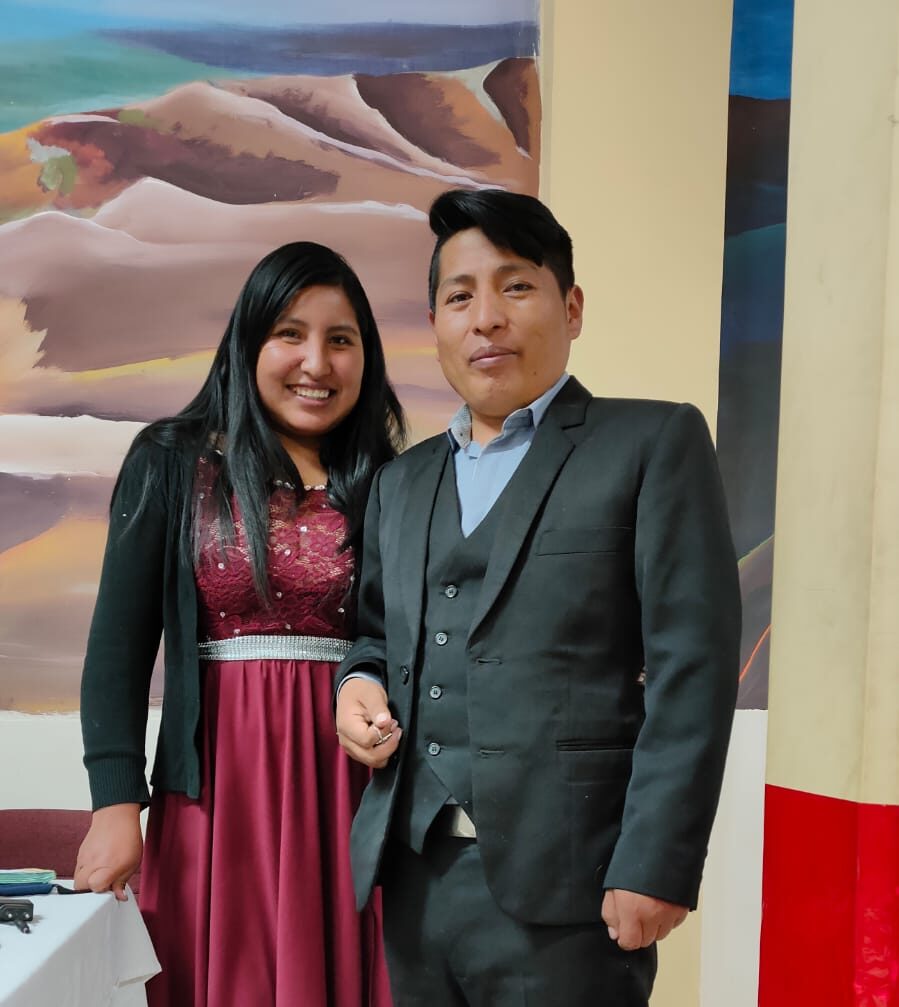The Andean portion of Bolivia was part of the Inca Empire prior to the Spanish invasion, whereas the northern and eastern plains were populated by separate tribes. In the 16th century, Spanish conquistadors from Cusco and Asunción acquired control of the region. Bolivia was controlled by the Real Audiencia of Charcas during the Spanish colonial period. Spain’s empire was formed in significant part on the silver produced from Bolivia’s mines. Following the initial call for independence in 1809, the Republic of Simón Bolívar was established after 16 years of struggle. Bolivia lost control of various peripheral territories to neighboring countries during the nineteenth and early twentieth centuries, including the annexation of its coastline by Chile in 1879 and Acre territory to Brazil.
Bolivia remains the second poorest country in South America, despite having reduced poverty rates and having the fastest expanding economy (in terms of GDP) in the region. It is a developing nation. Agriculture, forestry, fishing, mining, and manufacturing commodities such as textiles, clothes, refined metals, and refined petroleum are its key economic activities. Bolivia is abundant in minerals such as tin, silver, lithium, and copper. Bolivia is also recognized for its coca leaf and refined cocaine production. Coca crop and cocaine production are expected to be 39,700 hectares and 317 metric tons in 2021, respectively.



